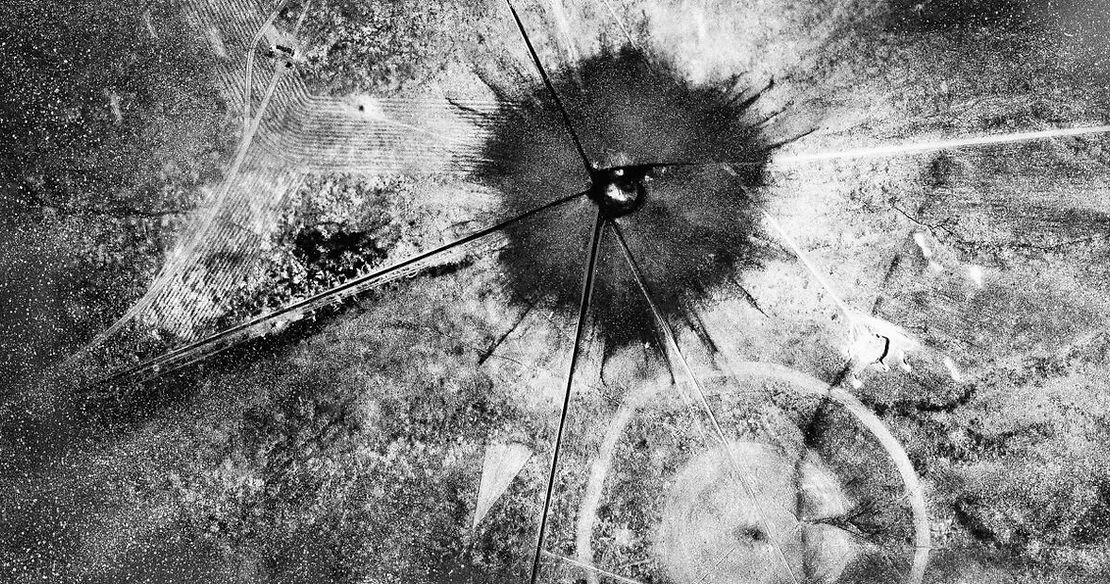By: Ray Zhao
A blast shook the deserts of New Mexico. A mushroom cloud rose much higher than scientists predicted, around 60,000 feet (about twice the height of Mount Everest). J. Robert Oppenheimer, part of the Manhattan project, had just triggered an atomic bomb with little knowledge of the effect it would have on the surrounding population.
At the time of the 1945 Trinity nuclear test, as many as half a million people were living within a 150-mile radius of the explosion, some just 12 miles from the epicenter. None were evacuated. Now, the effects of the test on the people living near it, as well as some few hundred other tests in Nevada and New Mexico, are beginning to be revealed and studied.
Oppenheimer wasn’t the only one with misleading beliefs about the effects of the weapons. Dr. Stafford L. Warren, an expert on radiation medicine, told officials that no evacuations were needed after the mushroom cloud dispersed over a large radius. Any concerns, he claimed, could be investigated on horseback.
With no ability to track radioactive materials above the U.S., the effect of the explosion was neglected for decades. But new historic atmospheric information, published by the National Oceanographic and Atmospheric Association, has helped researchers develop models that show the fallout from the bomb.
The results of the study, which has yet to be peer-reviewed, show that the number of radionuclides deposited in New Mexico and around the U.S. is far greater than previously estimated.
But despite the alarming presence of cancer-inducing radionuclides, little has been done to compensate New Mexicans who witnessed the fallout and experienced its effects for weeks after the test. The 1990 Radiation Exposure Compensation Act (RECA), which has provided almost $2.5 billion of compensation to workers and residents near the Nevada test sites, has provided no reimbursement for families in New Mexico.
Some researchers are taking the results of the new study with a grain of salt. This is mainly due to uncertainty about historical weather records from over 75 years ago. But most agree that something needs to be done about the people in New Mexico who were not compensated.











